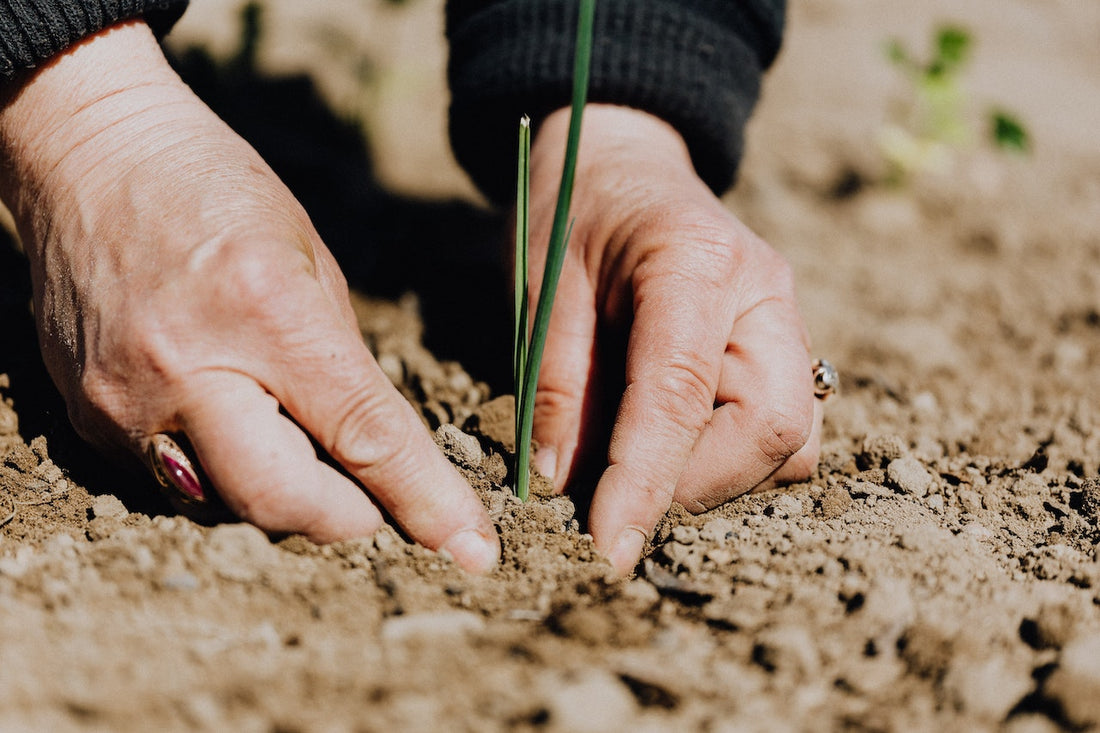Crop rotation: an ancient practice for a modern garden

Crop rotation is a practice that has spanned centuries, allowing farmers and gardeners to optimize the health of their soil and the productivity of their crops .
While the modern world has sometimes neglected this traditional method, crop rotation is making a remarkable comeback in home vegetable gardens.
Understand why this practice is crucial and how to implement it.
1. What is crop rotation?
It is a technique which consists of changing the position of plants in the garden each year, so as not to grow the same type of plant in the same place for several consecutive years.
2. Why is this so important?
Soil Health : Different plants have different nutritional requirements. Growing the same vegetable in the same place depletes some nutrients, weakening the soil. Rotation ensures a balance of nutrients.
Disease Prevention : Growing the same plants in the same place encourages the accumulation of pathogens in the soil. Rotation breaks this cycle.
Pest Control : Some pests are specific to plants. By changing crops, you confuse these pests.

3. How to organize an effective rotation?
Divide your plants by family : Vegetables belonging to the same family often have similar needs and are prone to the same diseases. For example, tomatoes, peppers and eggplants belong to the nightshade family.
Plan for multiple years : An effective rotation typically spans 3 to 4 years. This means that a crop only returns to its initial position after this amount of time.
Take notes : To avoid getting lost in your rotations, keep a gardening journal. Write down what you plant and where, and review it each season.

4. Example of rotation over 4 years:
Year 1 :
- Plot 1: Legumes (beans, peas)
- Plot 2: Solanaceae (tomatoes, eggplants)
- Plot 3: Brassicaceae (cabbage, broccoli)
- Plot 4: Alliaceae (onions, garlic)
Year 2 : Shift each family to the next plot.
Year 3 : Continue to shift.
Year 4 : Complete the rotation.
Conclusion
Crop rotation is an essential step for anyone who wants to grow a productive and healthy garden, whether novice or expert. This ancestral method is a true testimony to the interconnection and balance that nature offers us. By respecting and working with these cycles, every gardener can ensure the health of their soil and the prosperity of their crops for many years.





































